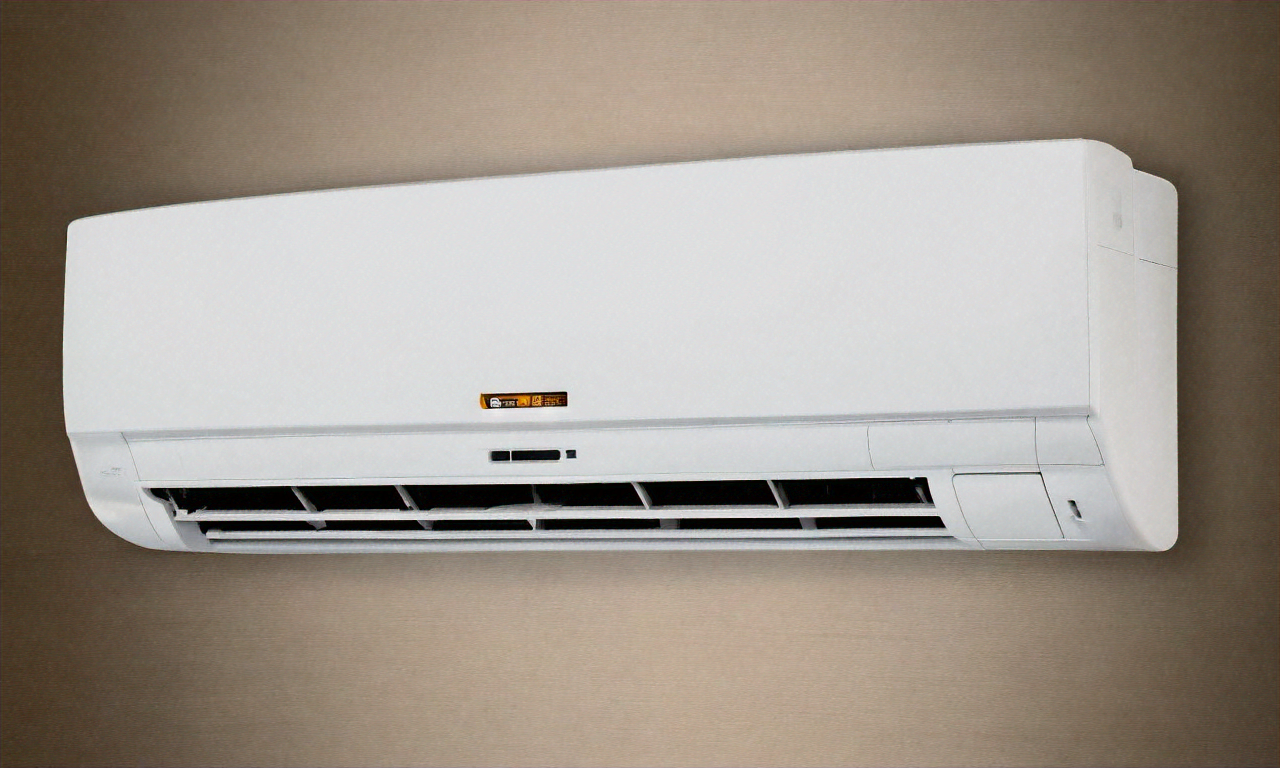How a Furnace Works and How to Improve Its Efficiency
A furnace is a central component of many heating systems, moving heat into occupied spaces by burning fuel or using electricity. Understanding basic components and routine maintenance helps homeowners and facility managers keep systems safe, maintain steady temperature control, and reduce wasted energy. This article explains how a furnace operates, which factors affect its efficiency, the relationship to energy use and temperature settings, and why regular inspection matters.

What is a furnace and how does it work?
A furnace is a device that generates heat and distributes it through a building, most commonly via forced air, hydronic (hot water), or radiant systems. In a typical forced-air furnace, a burner or electric element heats air in a heat exchanger; a blower then pushes warm air through ductwork to rooms. Combustion furnaces use natural gas, propane, or oil and require a flue or venting system to remove combustion byproducts. Electric furnaces avoid combustion but can be more costly depending on local energy prices. Key parts include the thermostat, burners or heating elements, heat exchanger, blower, and safety controls.
How does efficiency influence furnace performance?
Efficiency describes how much of the fuel or electricity a furnace converts into usable heat. Furnaces are rated by Annual Fuel Utilization Efficiency (AFUE) for combustion units and by efficiency percentages for electric systems. Higher efficiency means less fuel burned for the same heat output, reducing energy waste and often lowering operating costs. However, achieving high efficiency depends on proper sizing, sealed ductwork, regular filter changes, and timely maintenance. Small issues like clogged filters or an improperly calibrated thermostat can reduce effective efficiency by forcing the system to run longer or cycle more frequently.
How does a furnace use energy and affect bills?
A furnace’s energy consumption depends on fuel type, system efficiency, home insulation, and temperature settings. Gas furnaces measure consumption in therms or cubic feet of gas; electric furnaces use kilowatt-hours. Lowering the temperature setpoint by a few degrees, improving insulation, and using programmable or smart thermostats can reduce runtime and energy use. Seasonal factors also matter: colder climates increase demand and runtime. Monitoring energy use with smart meters or utility reports can reveal patterns and help identify when a system may need servicing or upgrading to operate more economically.
How does temperature control impact comfort and safety?
Accurate temperature control balances comfort with efficient operation. Thermostat placement, calibration, and programming affect how often a furnace runs. Setting consistent temperature schedules—reducing heat when a building is unoccupied or overnight—can cut energy use with minimal comfort trade-offs. Safety concerns include maintaining proper combustion and venting; a malfunctioning furnace can produce carbon monoxide. For combustion furnaces, functioning carbon monoxide detectors and routine checks of venting pathways are essential. Even with noncombustion electric systems, maintaining correct clearances and electrical integrity is important for safe operation.
Why regular inspection matters for a furnace?
Regular inspection identifies issues before they become failures that compromise efficiency, safety, or lifespan. An inspection typically checks the heat exchanger for cracks, tests safety switches, inspects burners or heating elements, verifies proper airflow, and inspects ductwork and vents. Seasonal inspections—especially before the cold season—help ensure reliable operation. For homeowners seeking help, local services can provide certified inspections and maintenance plans. Record-keeping of inspection dates and findings helps track recurring issues and supports decisions about repairs or replacements based on documented performance rather than guesswork.
Conclusion
A furnace contributes to indoor comfort and safety when properly selected, installed, and maintained. Understanding how a furnace operates, the role of efficiency and energy use, how temperature settings affect runtime, and the importance of regular inspection can help users make informed maintenance and usage choices. Consistent care—filter changes, timely inspections, and attention to thermostat settings—supports reliable heating, reduces wasted energy, and helps maintain a safe indoor environment.






